Yeah, drag racing's not for me! Not nearly enough track time and nowhere near enough corners.
I'm happy running the 105, the E85 worries me a bit in terms of upgrading the fuel system. I'd need a new fuel tank and lines for starters, everything else is e85 compatible.
The last dyno run was educational.
On the previous tune I'd set a rev limit of 8000 RPM as the motor was new and the oiling system unproved. I ran it like that until now.
The motor's built to survive 10,000 rpm so we upped the limiter for this tune so I could find out where the power stopped.
We discovered that the injectors I had fitted were too small and that they were 100% at 7000RPM.
They were Bosch redtops, about 30lb/hr, 350cc. We upgraded them to Siemens 63 lb/hr 646cc injectors which are E85 compatible and have sufficient capacity for E85 should I ever head down that path.

Now power's available to about 9500RPM so that's where I've set the rev limit now.
Another learning from the Dyno is that stock 100mm CV boots don't survive 240km/hr. At those speeds they grow to about double their size. They can stay inflated too, at least until the heat from the exhaust manifold pops them.
I've ordered Aero CV boots for the inners, they're used on various formula cars so should hold up OK so long as I don't have too much suspension articulation.

(Yay, my first F1 parts!)
The outers I'm sort of stuck with stock CV boots but the suggestion there is to put O rings into the valleys on the boot to limit swelling.
I also melted a hand brake cable on the dyno which locked a rear wheel up until we figured out what was going on and disconnected that cable.
It melted in 2 places, inside the steel tube in the floor pan and inside the flexible sheath where it passes under the exhaust.
I did have fibreglass insulation on it, but it wasn't enough. I've made that triple layer now and I'll have to make up a couple of heat shields for the body tubes.
I'm happy running the 105, the E85 worries me a bit in terms of upgrading the fuel system. I'd need a new fuel tank and lines for starters, everything else is e85 compatible.
The last dyno run was educational.
On the previous tune I'd set a rev limit of 8000 RPM as the motor was new and the oiling system unproved. I ran it like that until now.
The motor's built to survive 10,000 rpm so we upped the limiter for this tune so I could find out where the power stopped.
We discovered that the injectors I had fitted were too small and that they were 100% at 7000RPM.
They were Bosch redtops, about 30lb/hr, 350cc. We upgraded them to Siemens 63 lb/hr 646cc injectors which are E85 compatible and have sufficient capacity for E85 should I ever head down that path.
Now power's available to about 9500RPM so that's where I've set the rev limit now.
Another learning from the Dyno is that stock 100mm CV boots don't survive 240km/hr. At those speeds they grow to about double their size. They can stay inflated too, at least until the heat from the exhaust manifold pops them.
I've ordered Aero CV boots for the inners, they're used on various formula cars so should hold up OK so long as I don't have too much suspension articulation.
(Yay, my first F1 parts!)
The outers I'm sort of stuck with stock CV boots but the suggestion there is to put O rings into the valleys on the boot to limit swelling.
I also melted a hand brake cable on the dyno which locked a rear wheel up until we figured out what was going on and disconnected that cable.
It melted in 2 places, inside the steel tube in the floor pan and inside the flexible sheath where it passes under the exhaust.
I did have fibreglass insulation on it, but it wasn't enough. I've made that triple layer now and I'll have to make up a couple of heat shields for the body tubes.




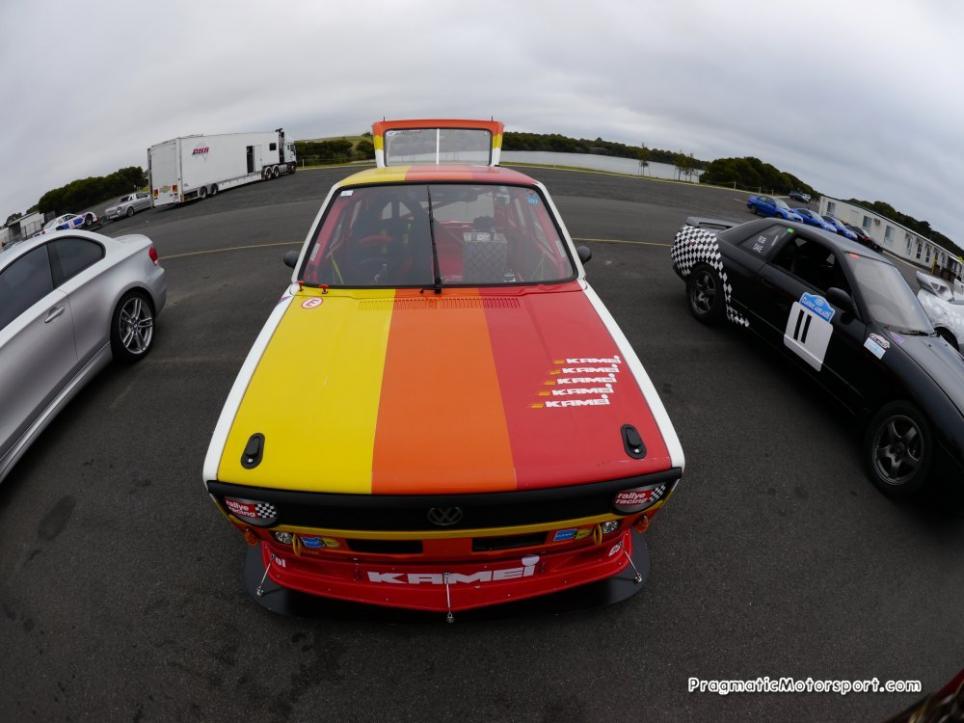

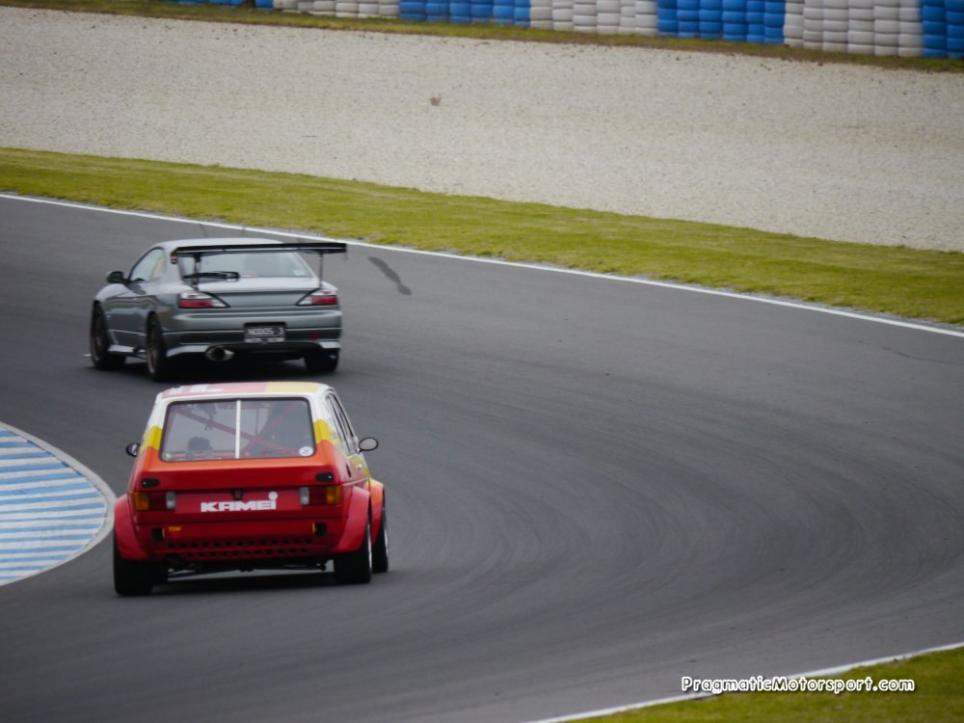
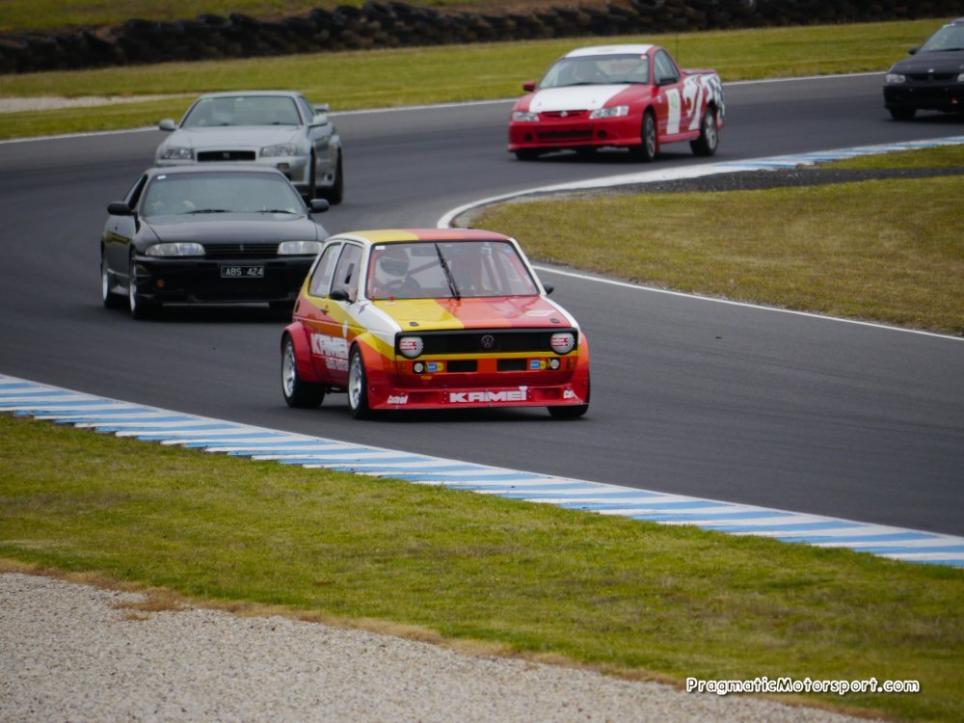
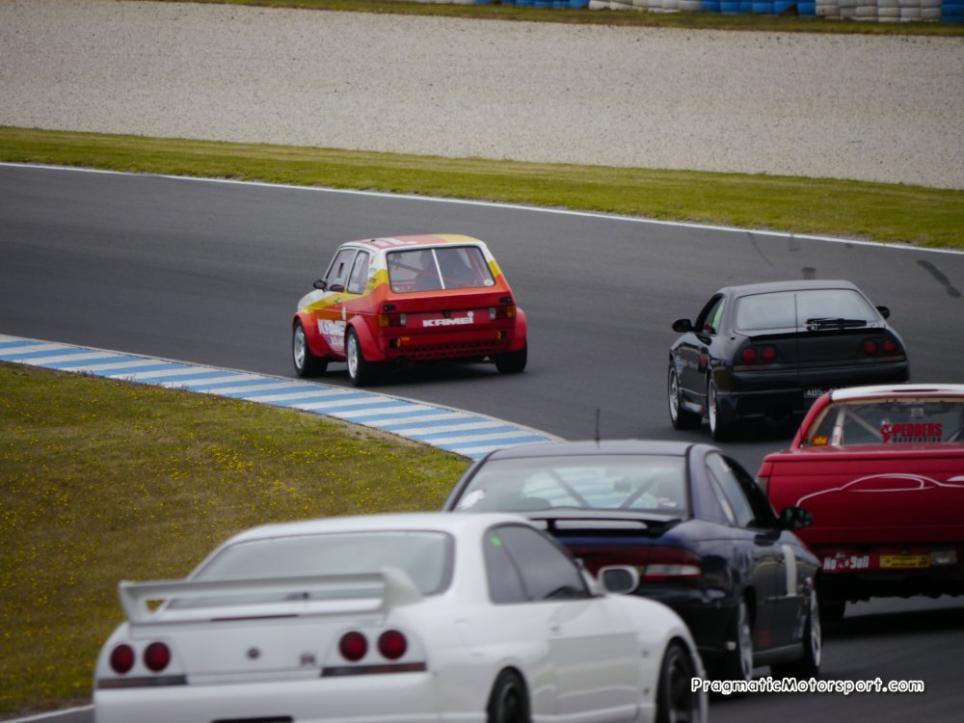
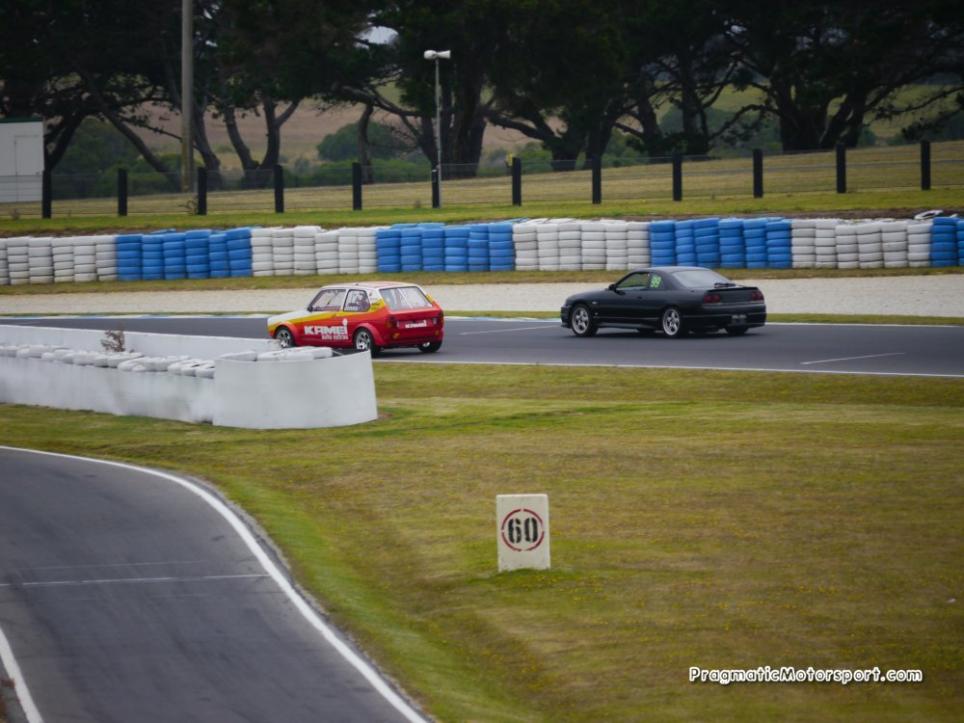
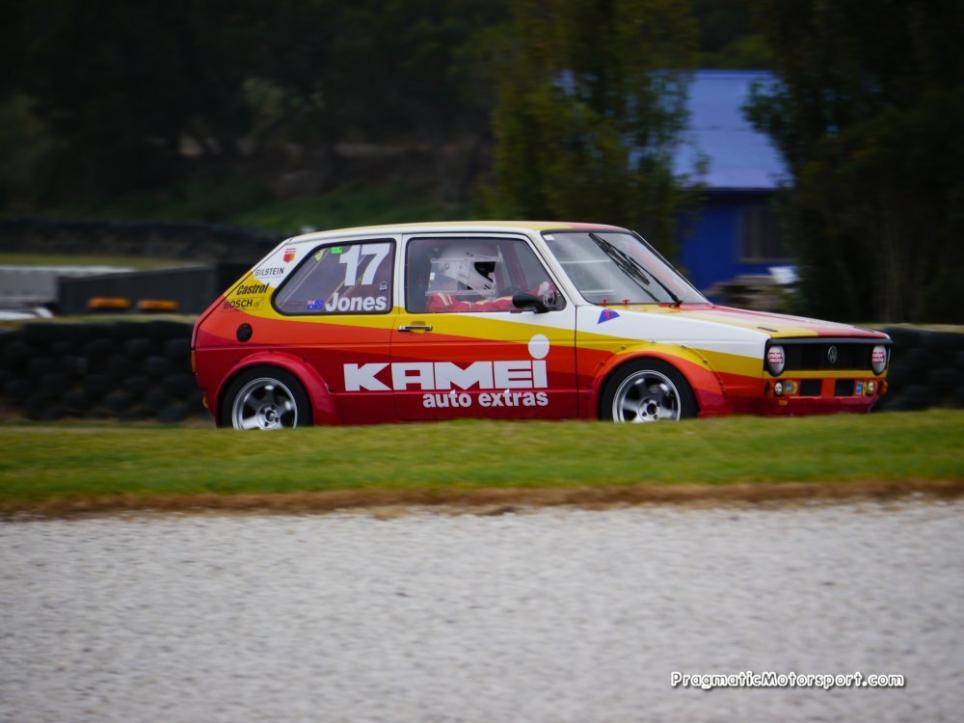
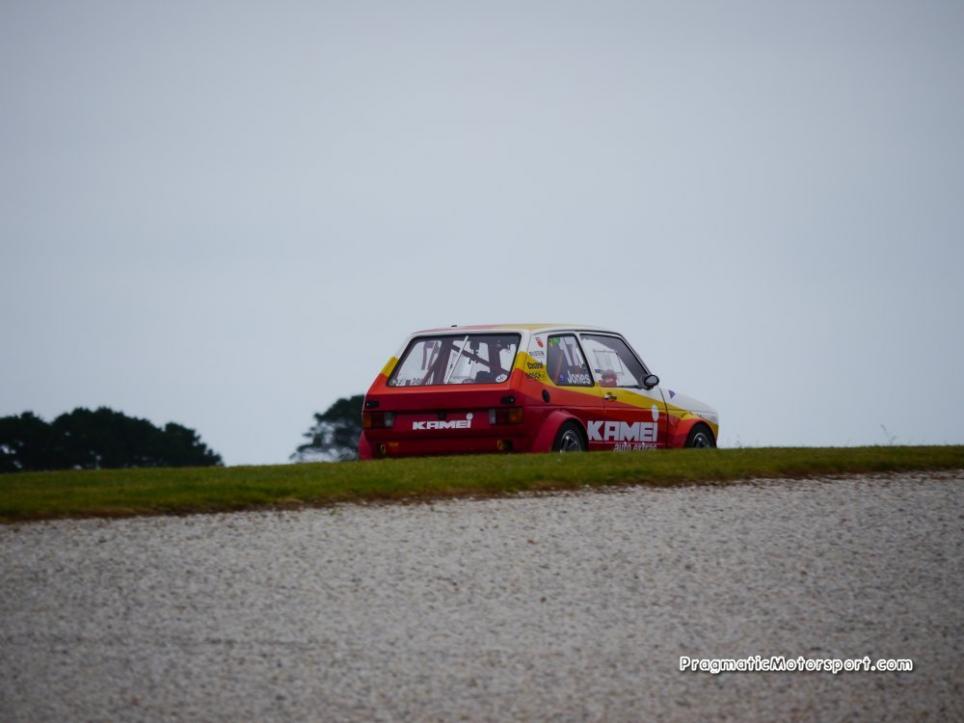
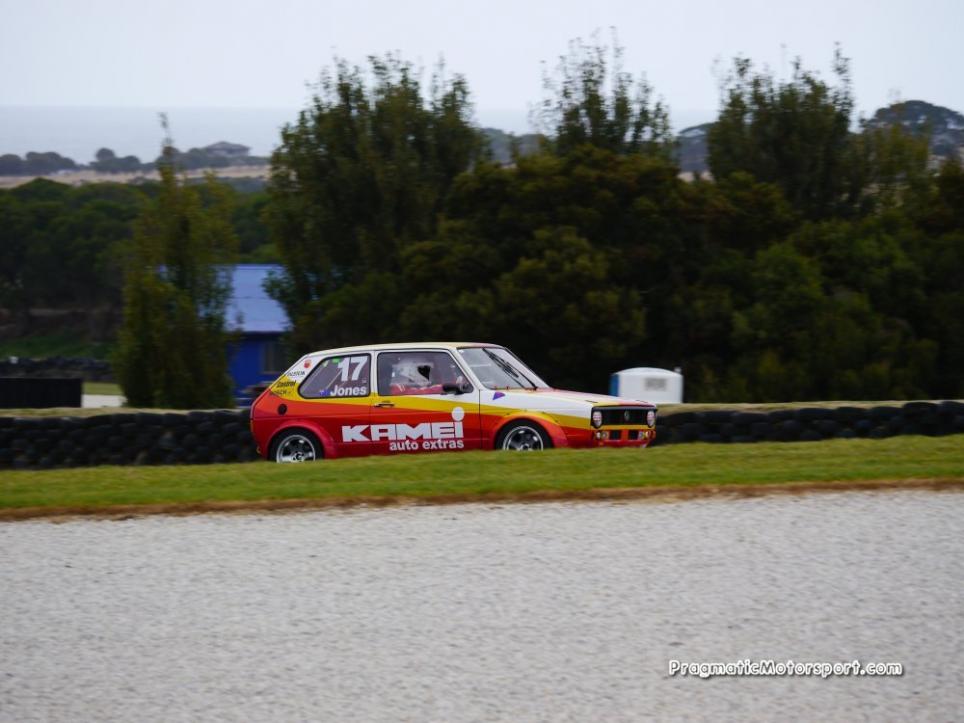

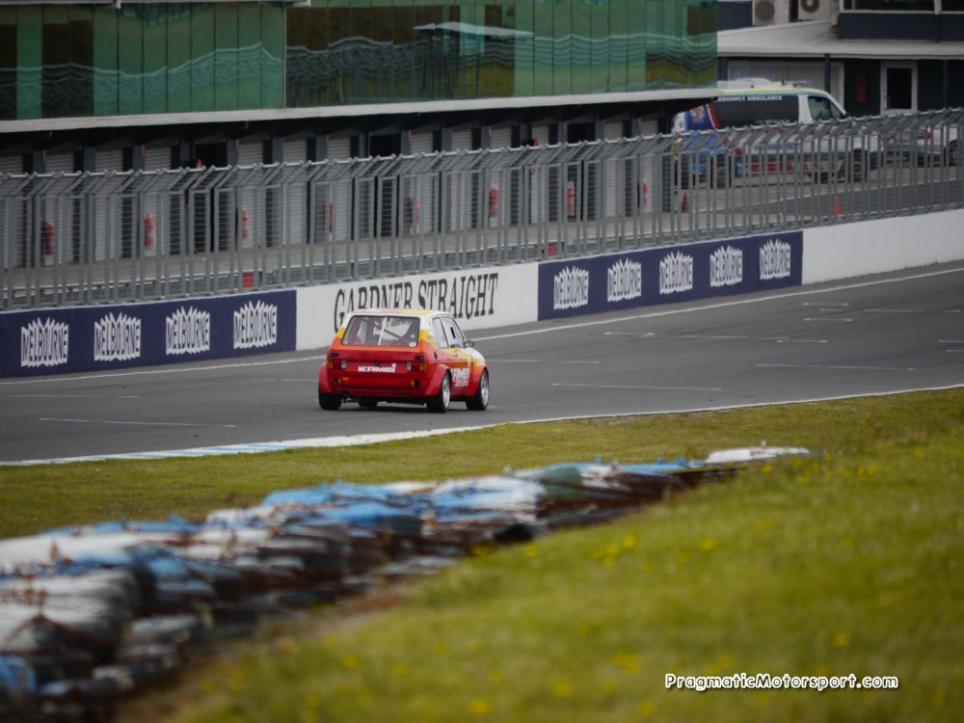
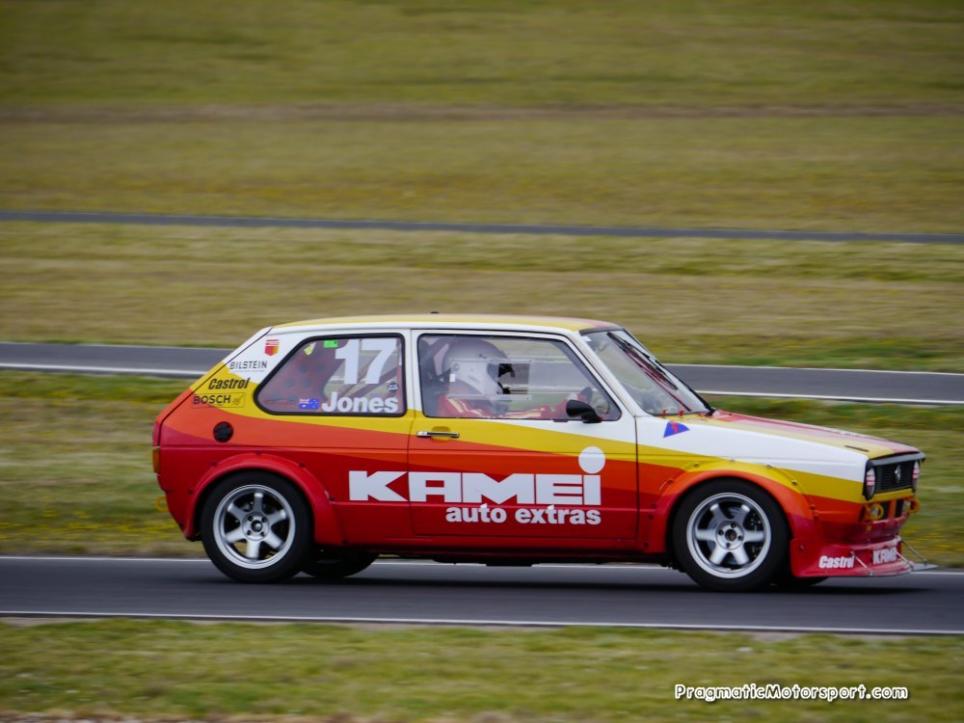
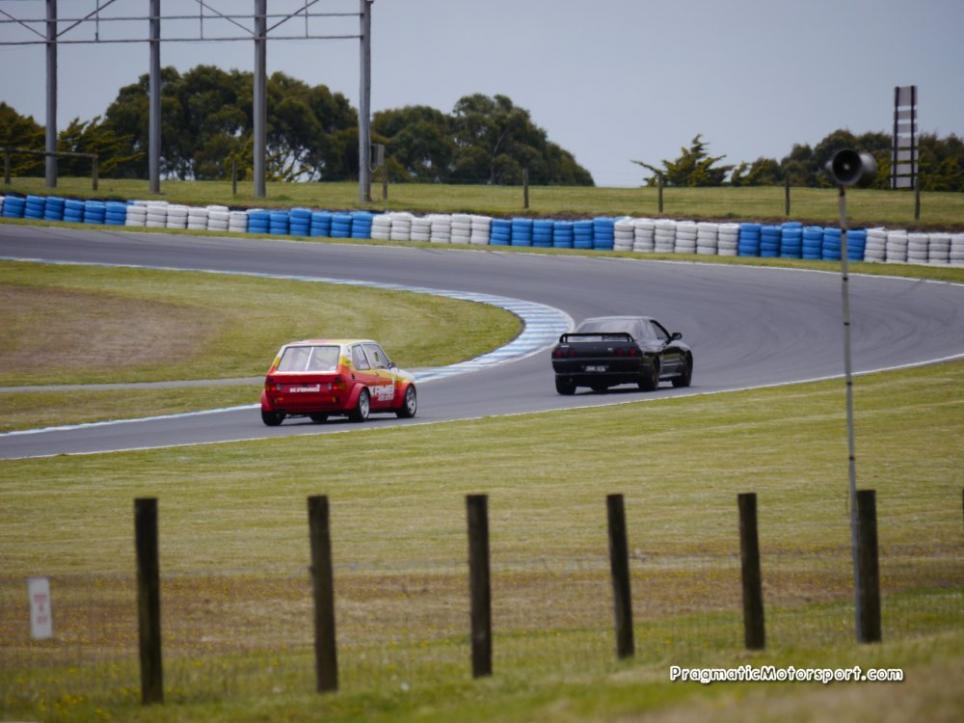
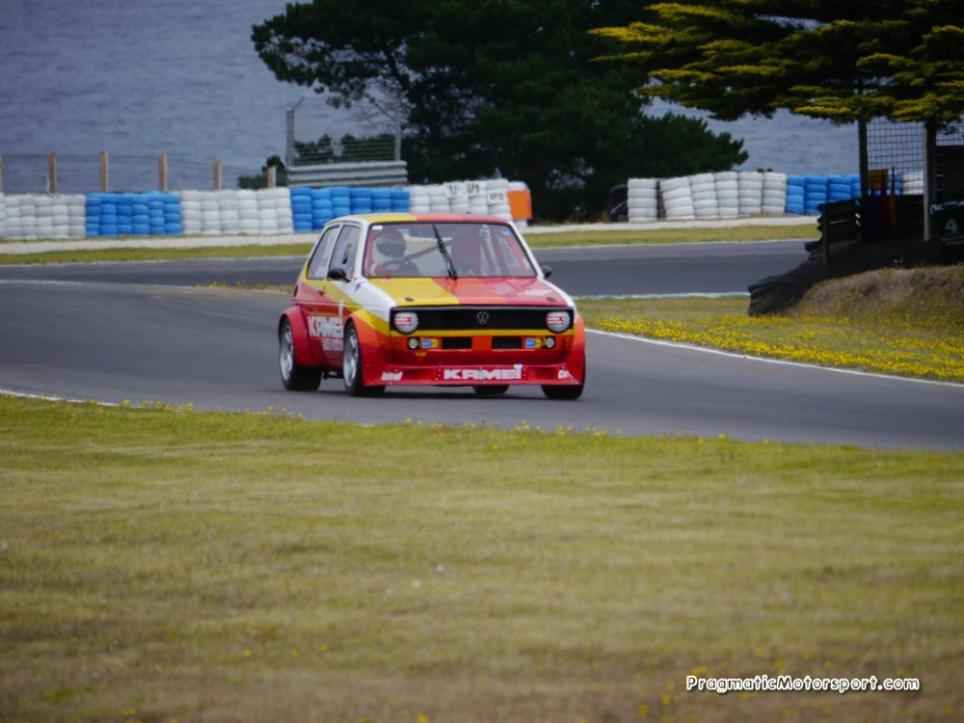

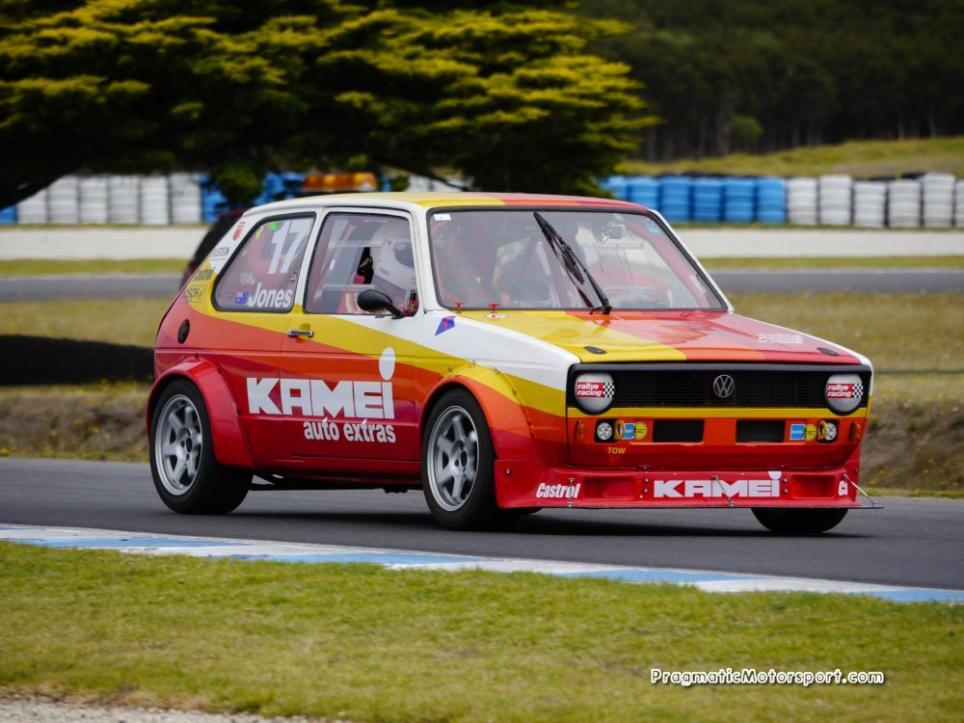
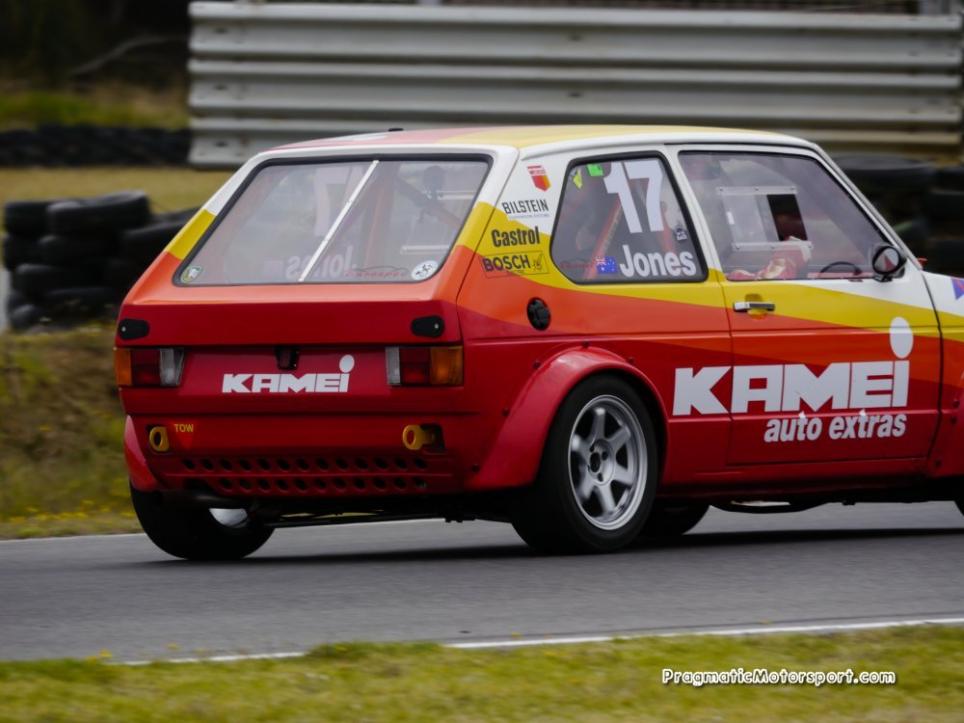
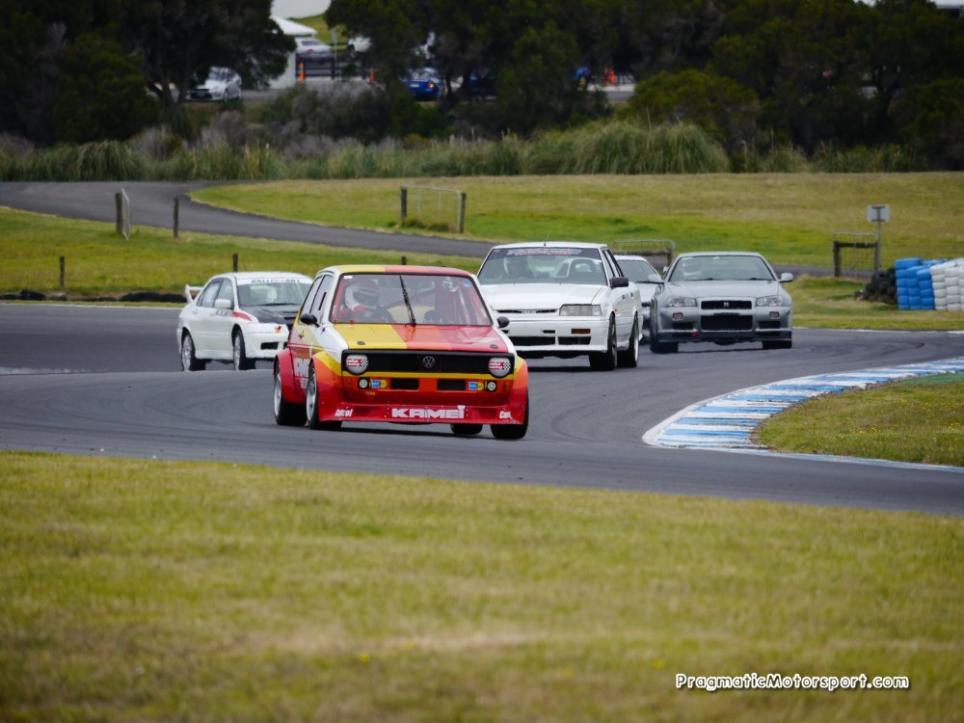
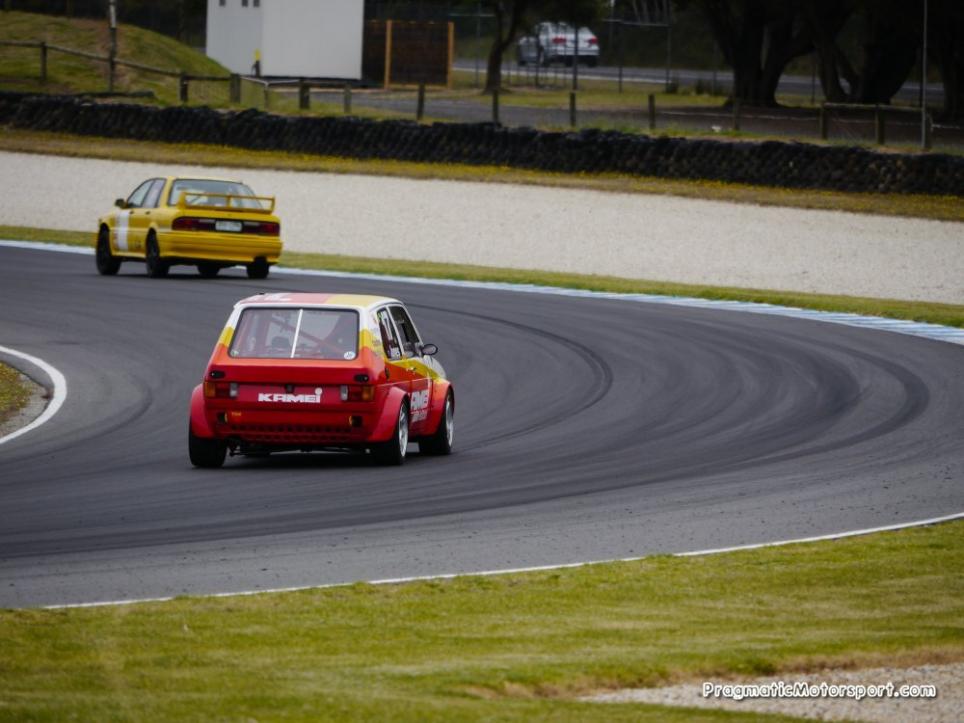
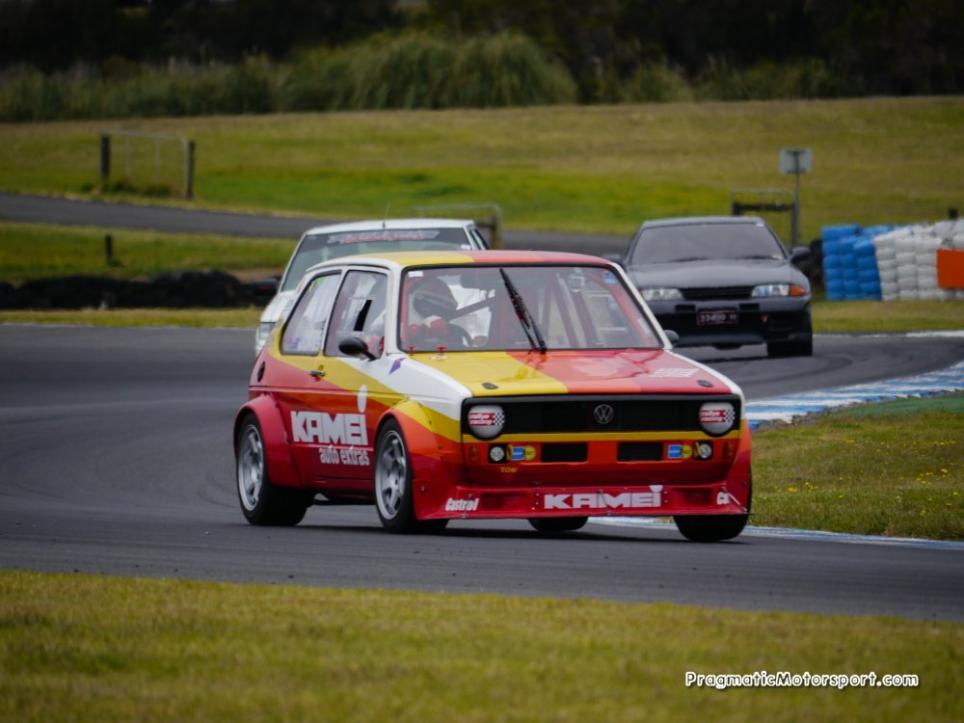
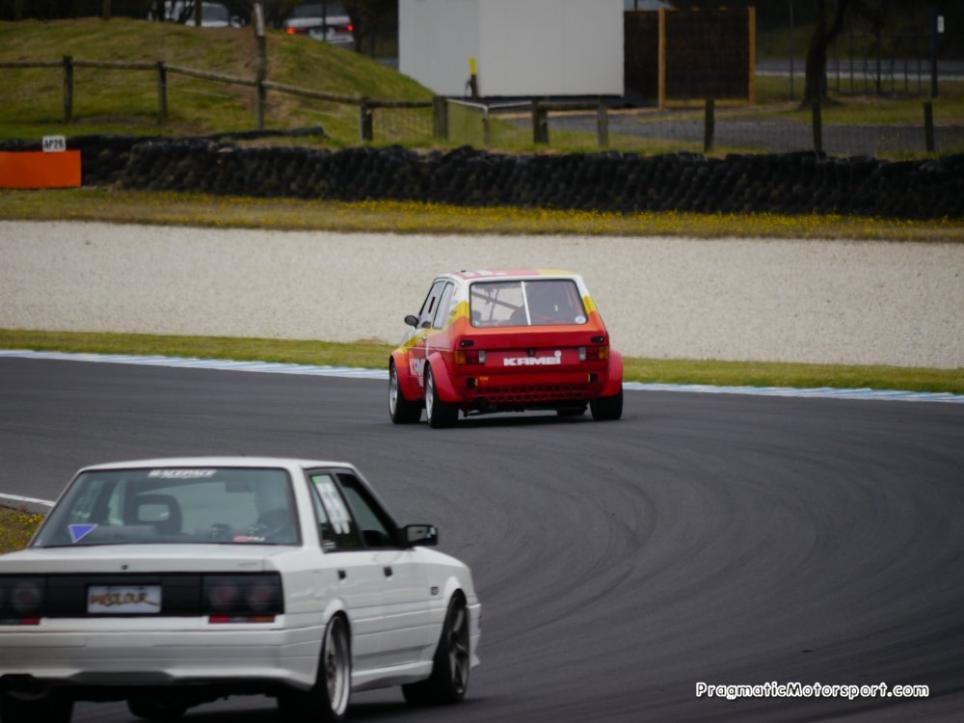
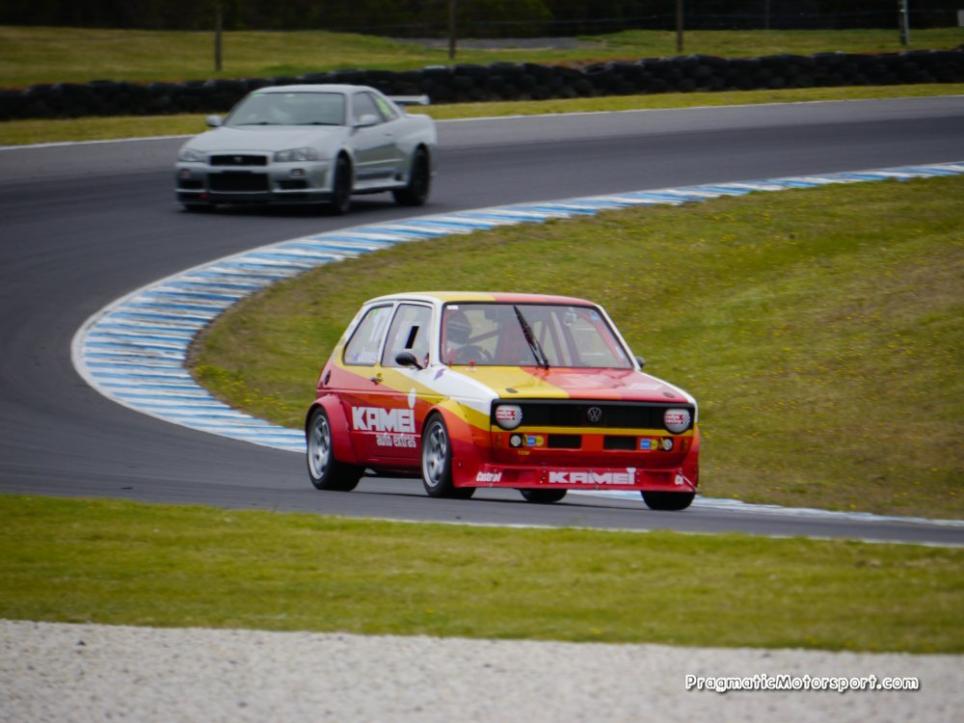
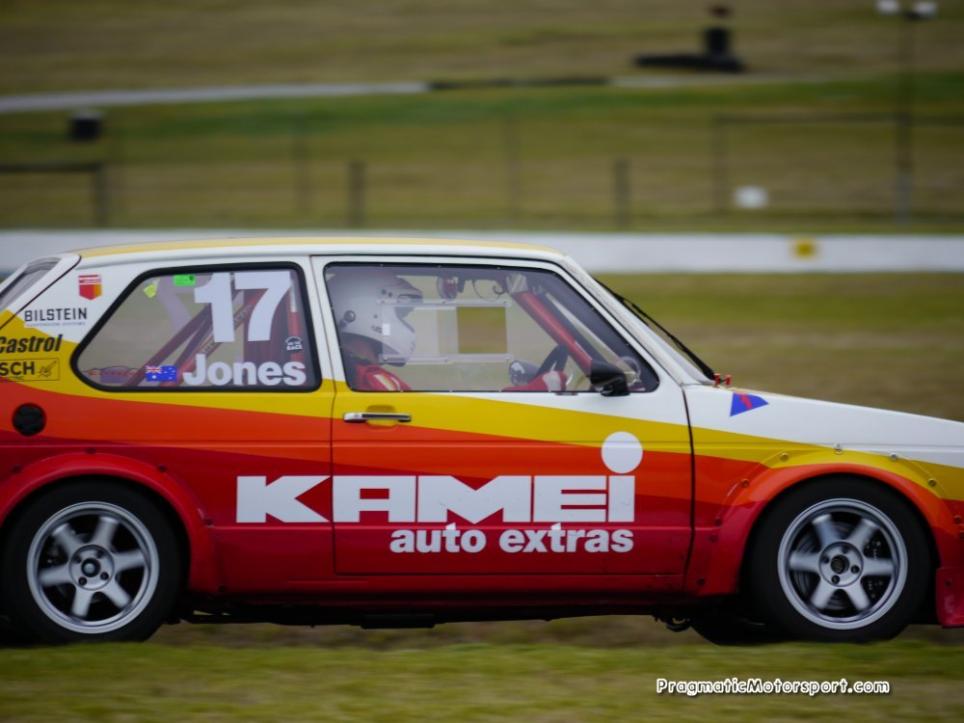
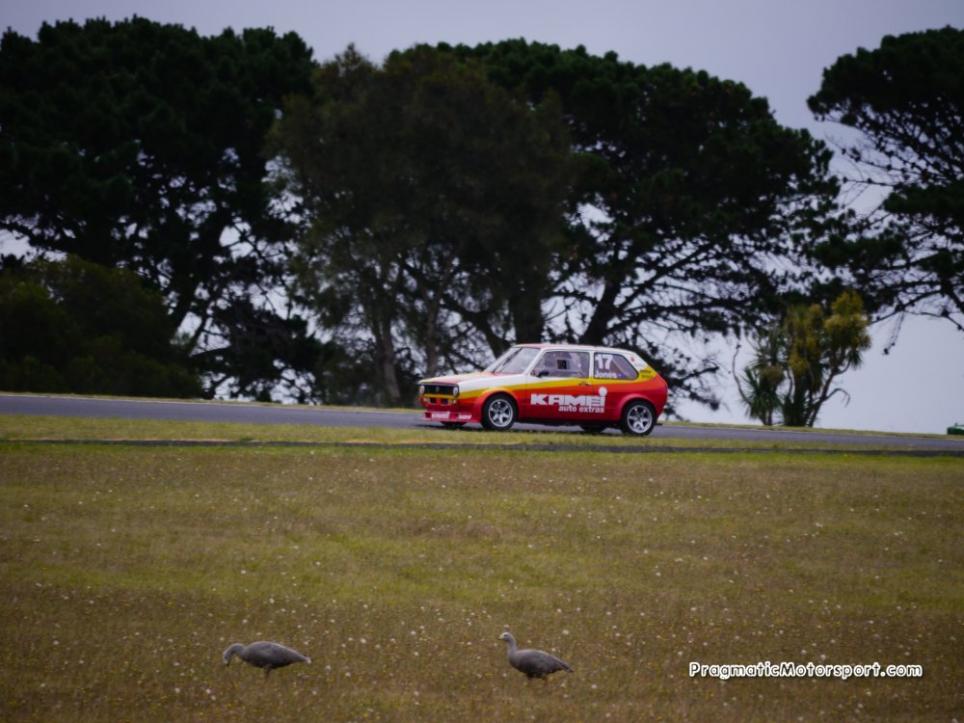
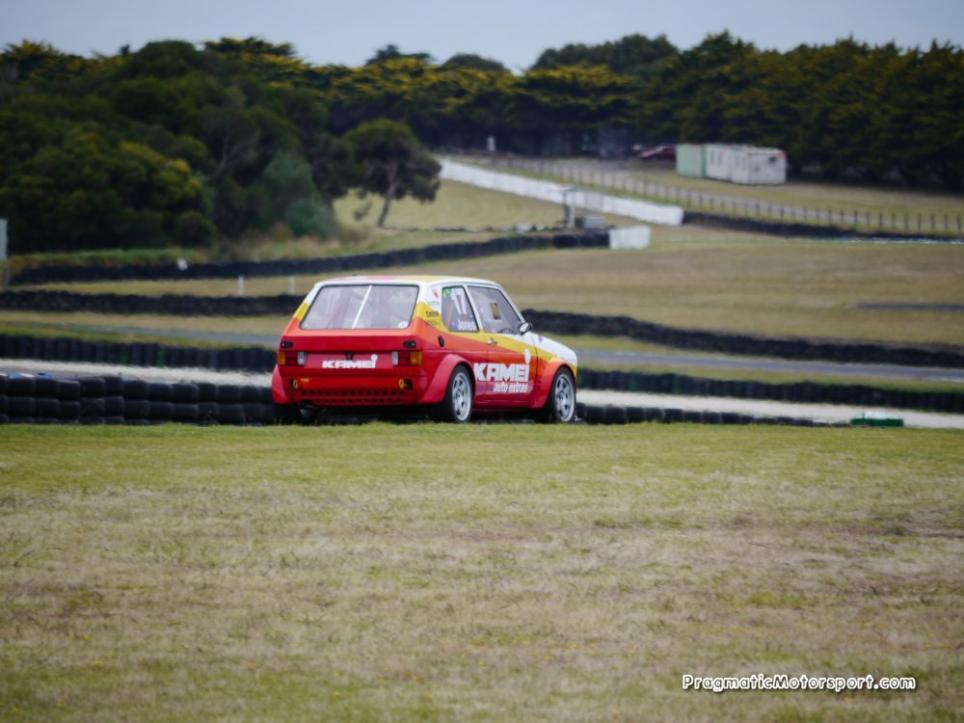
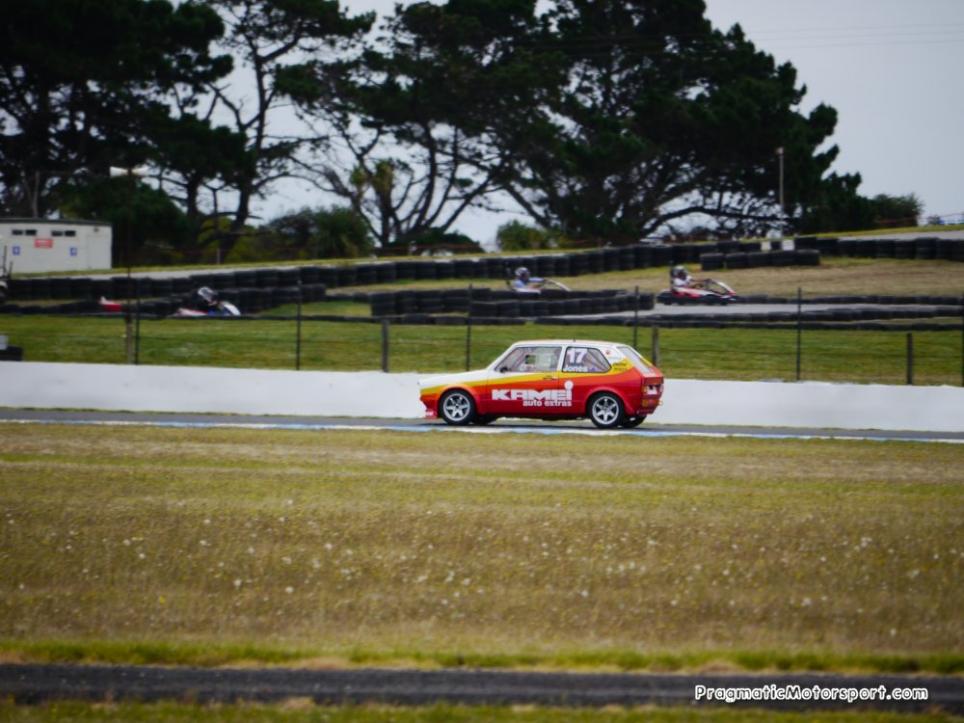
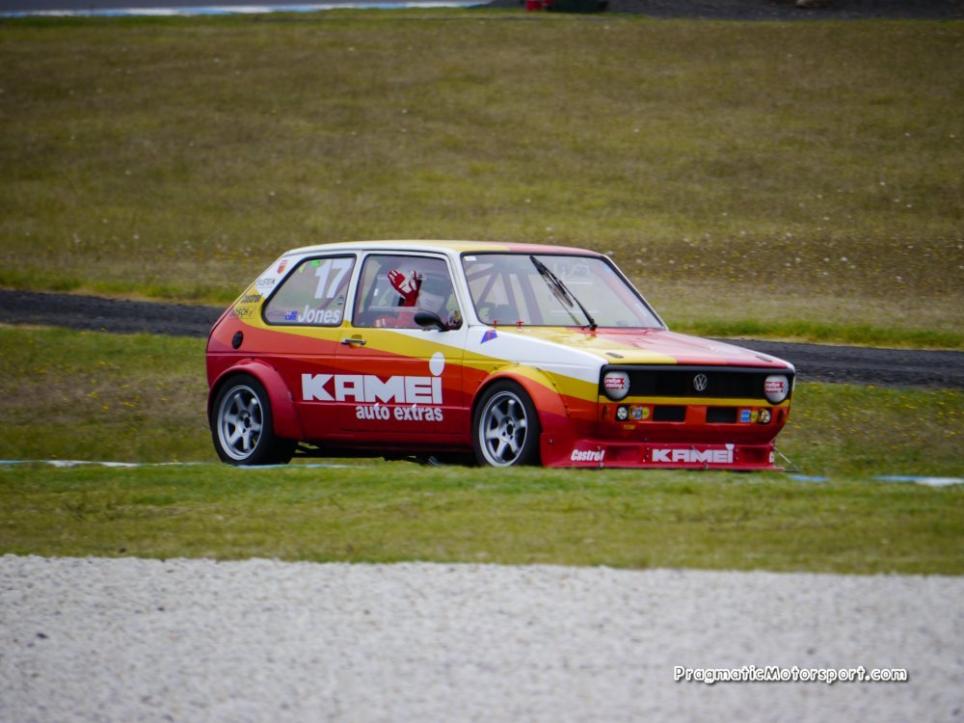
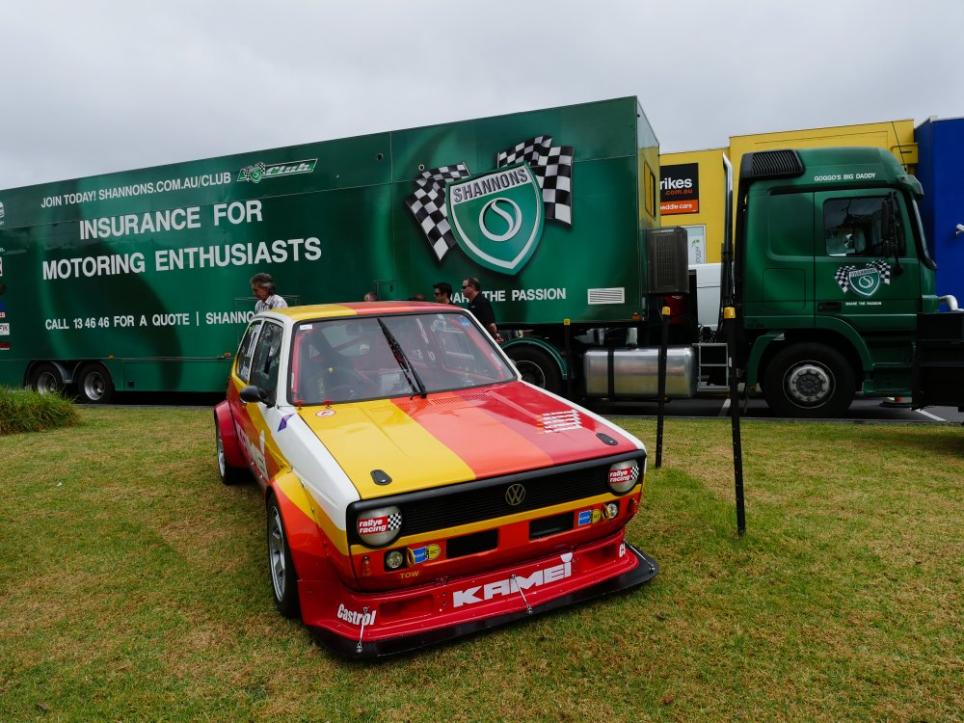
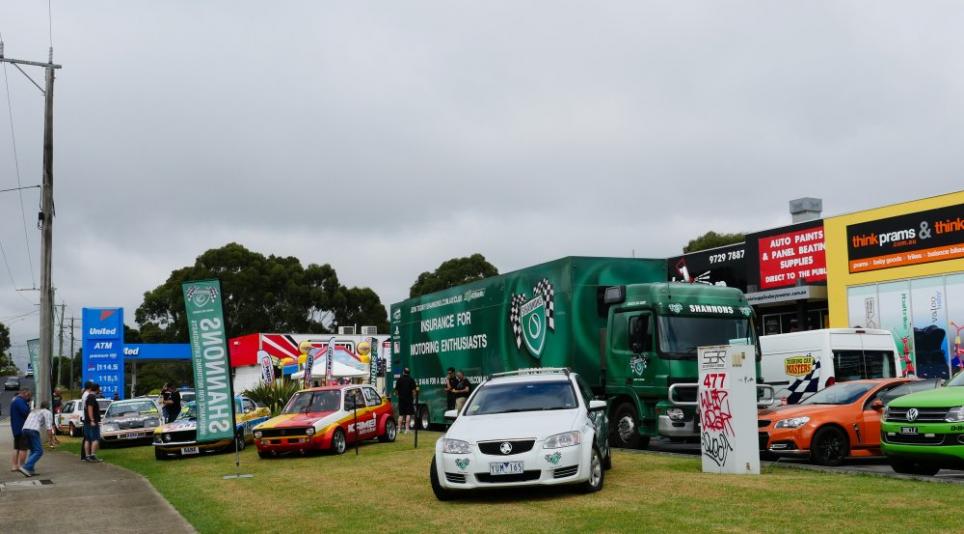

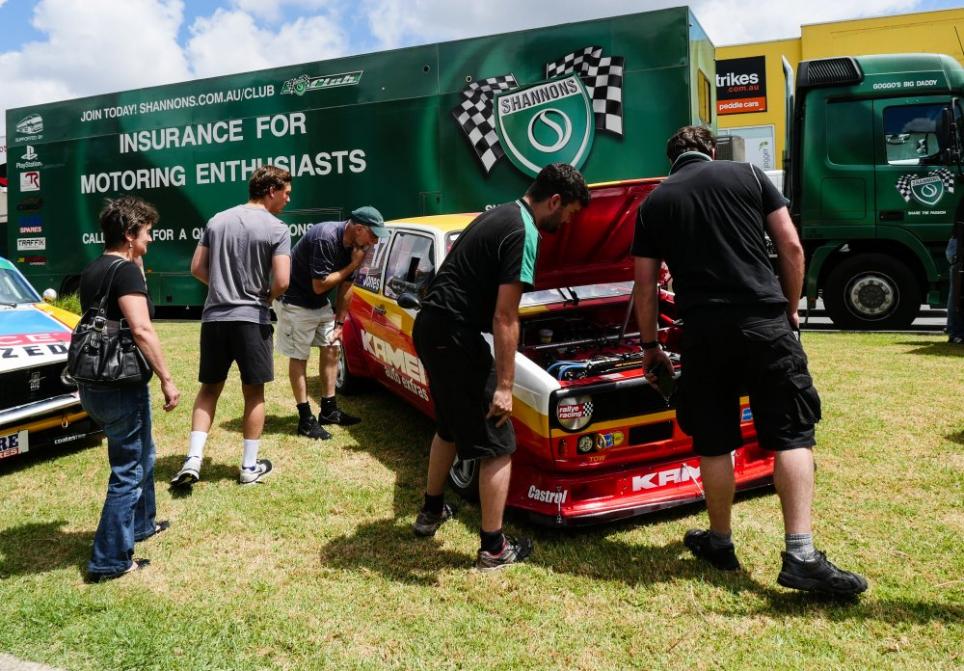
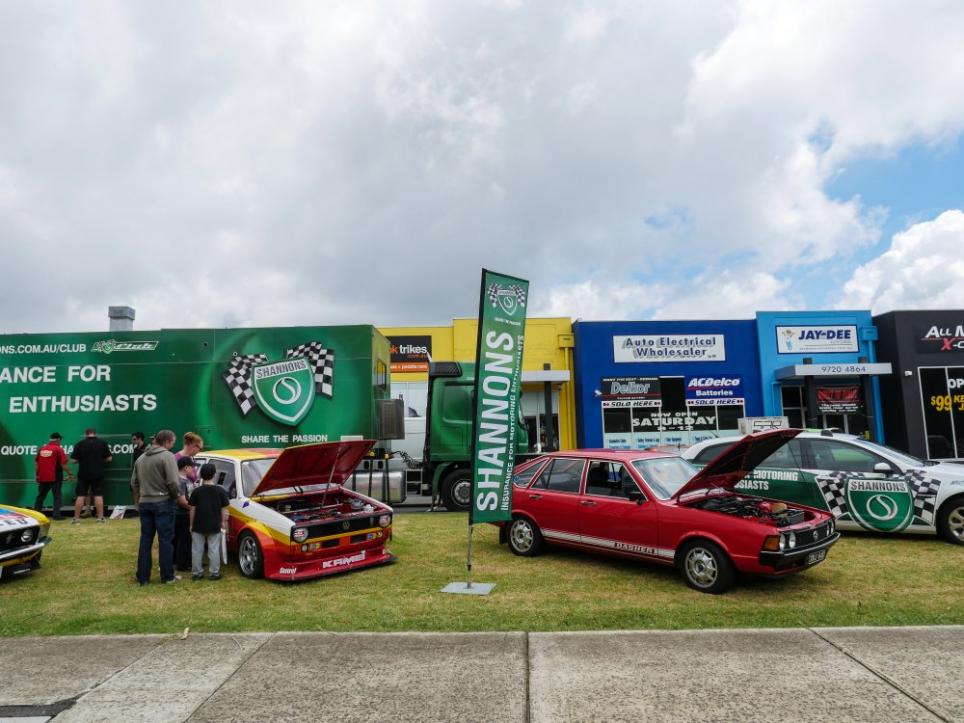
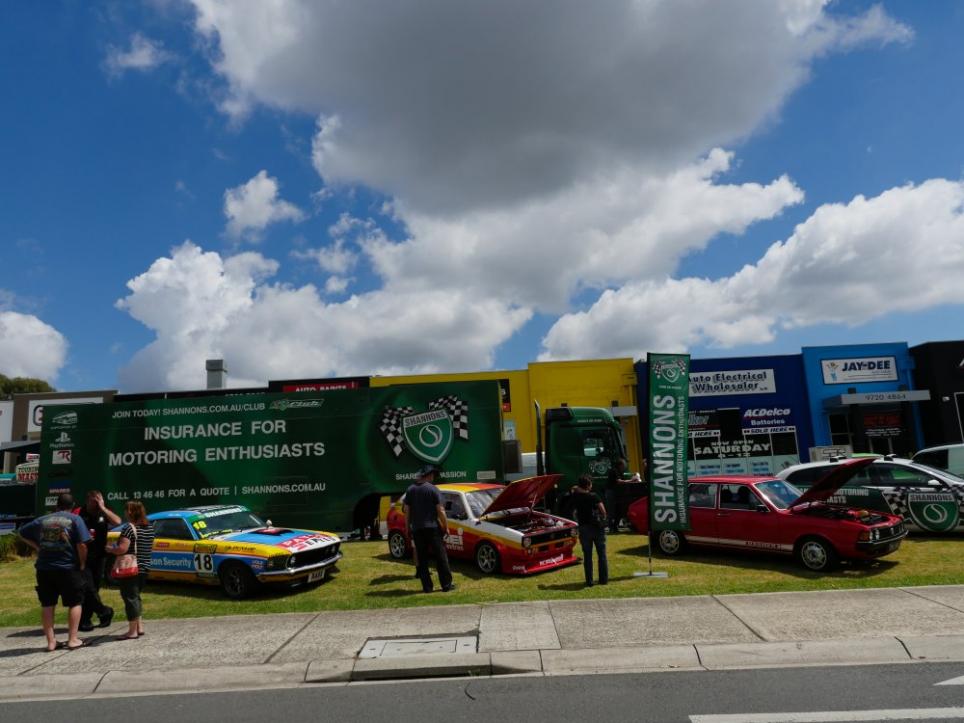

Comment